History and Overview of South Caicos
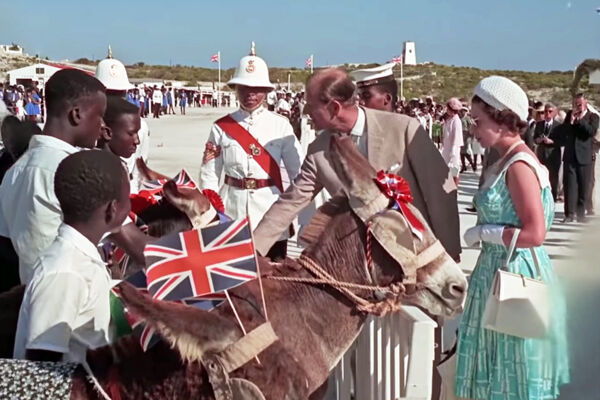
South Caicos is one of the main inhabited islands in the Turks and Caicos and is part of the Caicos Islands archipelago. It’s the fourth most populated island in the country, and the seventh largest by land mass, with a collective area of 8.2 square miles (21 km²).
South Caicos was once a critical part of the economy of the Turks and Caicos and, during the sea salt industry days, at times produced more salt than all the other islands in the country combined. Today, the island is a quiet place and supports a population of only 1,139 people (2012 Census).
South Caicos is geographically the last island to the east in the Caicos Islands group. The terrain largely consists of low hills and dry bushland vegetation, with central saline wetlands and salt flats.
Due to being bordered on the northern side by the uninhabited East Caicos, and separated from the Turks Islands by the 20-mile (32 km) wide Turks Island Passage on the other, South Caicos feels a bit more isolated than the rest of the country. See Where South Caicos is Located and History of the Turks and Caicos.
| Quick Facts | |
| Population | 1,139 (2012 Census) |
| Area | 8.2 mi² (21 km²) |
| Airport | South Caicos Airport (XSC) |
| Best Beach | Salterra Beach |
| Highest Point | 151 feet (46 m) Valley Bay Hill |
The main settlement on South Caicos is Cockburn Harbour, named in 1840 after an official visit by the then Governor of the Bahamas—Sir Francis Cockburn. Many of the older buildings in Cockburn Harbour reflect the British Colonial heritage of the country, with Bermudian architecture and cut limestone block construction.
Donkeys and horses still roam the island, another remnant of the salt industry days.
South Caicos has some excellent reefs, which are perfect for scuba diving and snorkeling.
Small-Scale Fishing
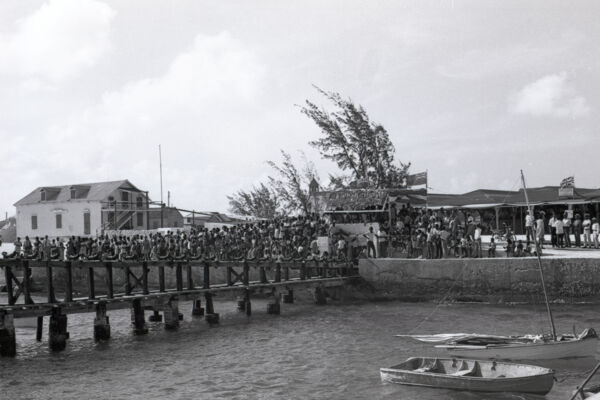
Currently, the main economic income for South Caicos comes from the fishing industry. Conch, lobster, and fish are caught, processed, packed, and shipped to the international market.
The island has seen two new luxury resort projects: Sailrock and the Salterra Resort & Spa. There’s now greater interest in residential real estate, so the atmosphere of South Caicos is likely to change.
The luxury development has had the effect of spurring improvements to the South Caicos Airport and the port at Cockburn Harbour.
South Caicos is also home to The School for Field Studies' Center for Marine Resource Studies, which currently occupies the old Admiral’s Arms hotel building.
History
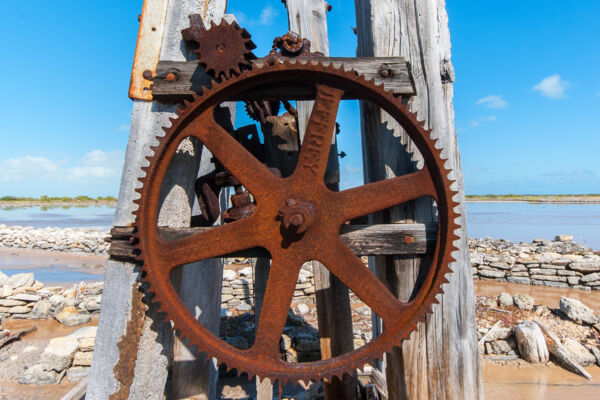
South Caicos has had a varied history. According to the theory that Columbus first made landfall on Grand Turk (on his historic 1492 voyage to the New World), South Caicos was probably the second island he spotted. The island subsequently got its head start from the fact that it has a sheltered, natural deep water harbor, something the other islands in the country really don’t naturally offer.
Along with Grand Turk and Salt Cay, South Caicos produced salt by evaporating seawater in shallow ponds. This industry commenced large-scale production on South Caicos in 1850, when the output from the rest of the country failed to meet global and regional demands. Due to its larger acreage of wetlands, South Caicos eventually came to produce most of the salt exported from the Turks and Caicos. Today, dividing walls, windmills, and sluice gates can still be seen in the salinas, along with the Boiling Hole, a unique and natural subterranean tidal passage that was utilized to supply the salinas with seawater for evaporation.
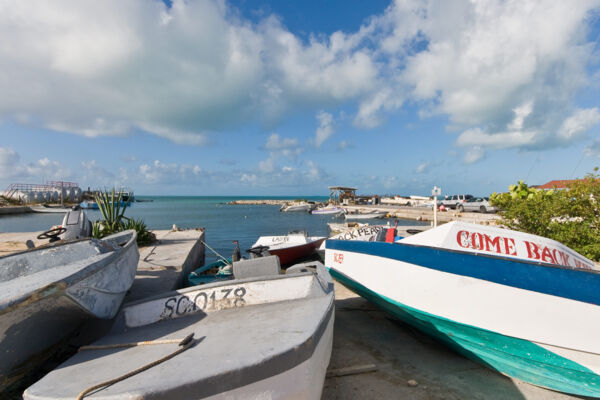
Over the years, several different ventures were started on South Caicos. Sea sponge farming was tried in the 1930s and was initially somewhat successful, yet a fungus blight disease killed off the sponges and put an end to it. A lobster cannery was also tried. In the 1950s, a Canadian businessman started exporting conch shells to the United States for ornamental purposes. None of these attempts lasted long, and South Caicos has generally experienced a downturn over the last few decades.
The United States Government also used to have an interest in South Caicos. In 1944, the U.S. established an anti-submarine base on the island, along with the first airstrip in the country. Later, the U.S. Coast Guard constructed a LORAN station on the north end of South Caicos. This site was completed in 1959 and was part of the low-frequency radio signal navigation system that was eventually replaced largely by satellite GPS. Both bases have long been decommissioned, although much of the LORAN station facilities still exist.
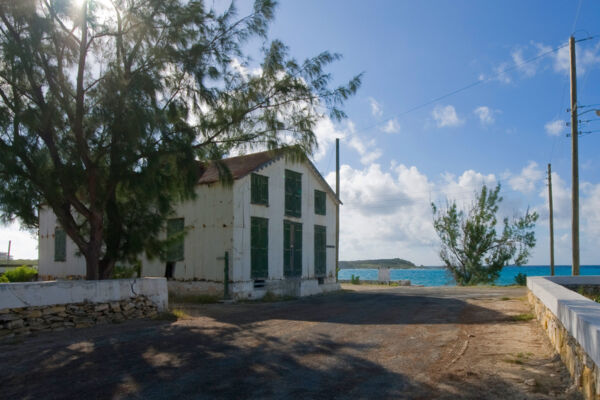
A thorough history of South Caicos would have to include the unfortunate mention of narcotics smuggling. In the 1970s and 1980s, the Caribbean was plagued by drug runners on the sea and in the air, and the Turks and Caicos was no exception. Because the Turks and Caicos lies about halfway between Colombia and the United States, and due to the seclusion, the island proved to be a popular refueling stop. Many planes and ships were confiscated by the authorities and it was during this period that South Caicos picked up its nickname of The Big South.
One annual event that temporarily swells the population on the island is the South Caicos Regatta. This Caicos Sloop sailboat race is a tradition that commemorates Queen Elizabeth’s visit to South Caicos in 1966. Each August, the island also hosts Fisherman's Day, with boat races, conch diving competitions, and entertainment.
The Admiral Cockburn Land and Sea National Park is a designated National Park protecting a large portion of the sea and parts of the coast.



